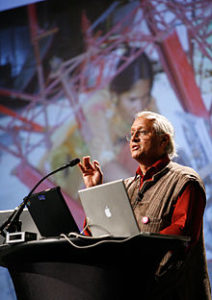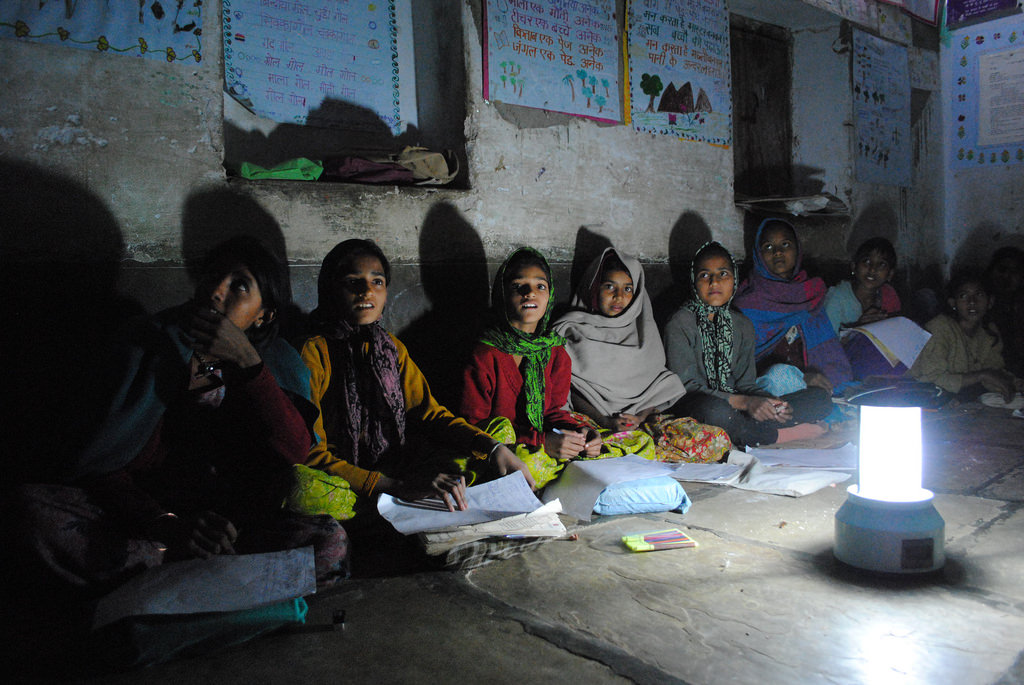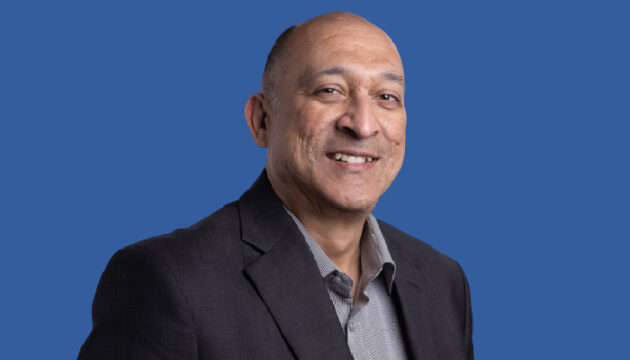While India races along big players for digital space and entrepreneurship, a small initiative started forty years ago in Tilonia, Rajasthan, has been creating engineers all over the world. The mission of the Social Work and Research Centre (SWRC), also known as the Barefoot College is to transform all rural areas of the world to become self-sufficient and empower the women in them.
“We demystify and decentralize technology and put new tools in the hands of the rural poor with a singular objective of spreading self-sufficiency and sustainability,” its website says.
Focusing on less developed countries, Barefoot College trains women worldwide as solar engineers, innovators and educators, who then return to their villages to impart the knowledge they gain to their community.
Operating in 1,300 villages in 80 countries, including several countries in Africa and Latin America, the institution impacts 2 million people in the fields of education, skill development, health, drinking water, women empowerment and solar electrification.
It all began on July 3, 1972 when Sanjit Bunker Roy, a young postgraduate, decided to live and serve in rural Rajasthan. Along with Merghaj, a farmer from the small village of Tilonia, Rajasthan, Roy dreamt of uplifting rural areas by a combination of urban and rural knowledge. They leased an abandoned TB sanatorium from the government for 1 rupee a month in Tilonia and never looked back.

Bunker Roy
In January 1975, they held the first craft bazaar to help handicraft workers demonstrate their produce in urban centers. With time, this effort led to many Craft Fairs, programs like Dastakar, and many others. During 1980 to 1985, the Tilonia community built the Barefoot College facilities in eight acres of land. It’s the first fully solar electrified campus located in rural India.
A Startup with a Difference: PeriFerry Helps Employ Transgendered People
By 1989, the College, harnessing the sun’s energy, chucks its kerosene lamps and starts using solar electrification, its own hot water, solar cookers, and fresh drinking water through solar powered desalination.
The College then began giving lessons in reading, writing, and accounting to adults and children, with girls heavily outnumbering boys in the night schools. By 2008, there were almost 3,000 children in 150 night schools. The organization builds trainers in a community who can then train the entire population in turn. With its night schools, students who had to support families in the day could still learn.
In 1997, against all social odds, the College produced the first woman solar engineer, Kamala Devi, who went on to become the head of the solar unit at Kadampura in 2012.
The Guardian named Roy as one of the 50 environmentalists who could save the planet. In 2010, when Bunker Roy was acknowledged as one of TIME’s 100 most influential people, Greg Mortensen praised Roy’s ‘bottom-up approach’ of using ‘rudimentary buildings with dirt floors and no chairs’, which was meant to make poor students comfortable.
Mortensen wrote, “Roy combines humanitarianism, entrepreneurship and education to help people steer their own path out of poverty, fostering dignity and self-determination along the way. His simple formula holds a key to what nations and aid organizations might do to build a more just world.”
The Barefoot College has been steadily producing solar engineers, teachers, midwives, weavers, architects, doctors, and more for decades now. The College aims at providing empowerment and sustainability to rural areas, for example, if they put up water pumps in villages, they also trained the residents of the area to maintain them without depending on outside mechanics.
In 2016, plans for a Barefoot center in Latin America, Guatemala has started, which is due to be completed this year. The College has also launched the pacific solar initiative, a program designed to touch more than 15,000 lives across the 14 Pacific Island countries.
As a part of the Indian Technical and Economic Cooperation Program, in 2013 March, the Indian government sent five indigenous women of the Wayuu community of the Department of Guajira in Colombia to visit the Barefoot College in Rajasthan. These women stayed in Tilonia, Rajasthan for six months and learned to engineer and install solar panels. They returned to their communities in July of 2016 as solar engineers, and now, forty families in the villages of Bocas de Aracataca, Cienaga Magdalena have solar-powered electricity.
Barefoot International is now engaged with 17 countries in Latin America. The first 70 solar engineers have already brought light to more than 11,000 people.
Countries in Africa where the Barefoot College is working includes Burkina Faso, Ivory Coast, Benin, Togo, Ghana, Liberia, Senegal, Gambia, Guinea, and Mauritania.
In 2013, the College and Bishop Elias Taban, founder of the Evangelical Presbyterian Church of Sudan and the non-profit organization, Water is Basic, were bestowed with the Clinton Global Service Award. This collaboration led Barefoot to reach out to Africa, opening five training centers in sub-Saharan Africa, with $2.5 million funding from the Indian government.
In collaboration with Bishop Elias Taban, Barefoot has a two-year plan to train forty-eight solar engineers and solar electrify 2,400 households in Yei and Lainya Counties of South Sudan.
The current CEO of the College, Meagan Fallone, focuses on placing women in their communities as agents of transformation through technology. Committed to positive social and civil society outcomes, she has taken the concepts of the College to many countries worldwide.












